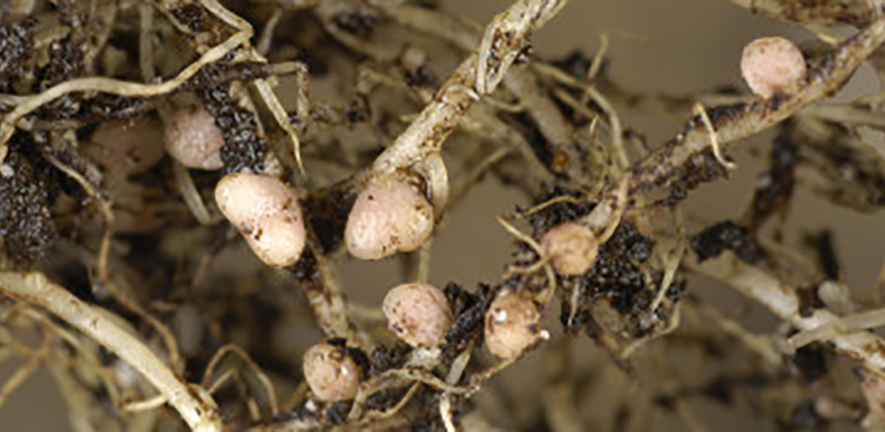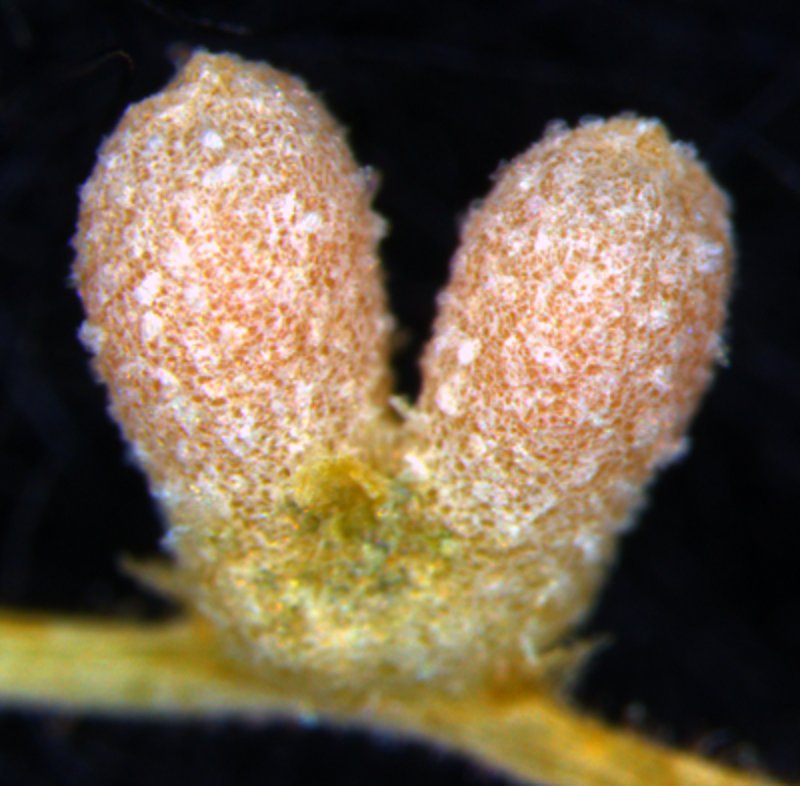
SLCU researchers have discovered that a protein involved in the early formation of root nodules in legumes also plays a key role in transforming the nodule into a nitrogen-fixing factory.
The work provides an important advance in understanding the symbiotic relationship between plants and nitrogen-fixing bacteria and facilitates future engineering of nitrogen fixation into cereals and the ultimate goal of dispensing with the need for fertilising cereal crops by enabling them to fix their own nitrogen.
Earlier findings by the research team confirmed how the nodulation master regulator protein NODULE INCEPTION (NIN) was controlling the initiation of nodules. This latest discovery by the team now shows NIN also regulating the latter part of nodule establishment by creating an environment conducive to housing nitrogen fixing symbiotic bacteria.
Published in the journal Science, the research undertaken by Professor Giles Oldroyd’s team based at Cambridge’s Sainsbury Laboratory and Crop Science Centre shows legume cells in the nodule transition into the nitrogen-fixing state as a result of NIN. Processing of NIN activates a suite of genes associated with symbiosis and nitrogen fixation, which support bacteria inside the nodules and the enzyme nitrogenase necessary for nitrogen fixation. This indicates that NIN itself is controlling multiple different mechanisms both in the activation and regulation of nitrogen fixation.
In addition, research led by Dr Jeremy Murray’s group at the CAS-JIC Centre of Excellence for Plant and Microbial Science (CEPAMS) and also published in the same edition of Science, shows NIN also has a crucial role in regulating oxygen supply to the nitrogen-fixing bacteria living in legume nodules.
Together, these findings show that this single protein is having multiple effects in the development of nitrogen-fixing nodules in legumes. This potentially reduces the number of regulators needed to engineer nitrogen fixing into crops.
Nodules on the roots of the legume Medicago truncatula, which provide a home for symbiotic nitrogen-fixing bacteria called rhizobia. Image by Katharina Schiessl.
First described in 1999, NIN is essential for developing a new root organ, called a nodule, where symbiotic bacteria fix atmospheric nitrogen into ammonia. Although it has been studied for two decades, the NIN protein has been difficult to detect, and it remains unknown how NIN coordinates multiple stages of nodule formation.
These discoveries were facilitated by the world’s first detection of NIN.
The first author, Jian Feng from the Sainsbury Laboratory, said, “Solving the problem of how NIN could be detected revealed surprising results about the processing of NIN, that explained how this protein controls many different aspects of nodulation”.
Proteolytic processing of NIN appears to allow the protein to activate processes associated with nitrogen fixation and this late processing of NIN allows the protein to have different early and late functions in establishing nitrogen-fixing nodules.
The corresponding author, Professor Giles Oldroyd, Director of the Crop Science Centre, said, “We are striving to transfer the capability to fix nitrogen to cereal crops. Understanding how nitrogen fixation is induced in the legume nodule is important in helping us transfer this process to cereals”.
This work was supported by the Bill & Melinda Gates Foundation and the UK Foreign, Commonwealth and Development Office as the Enabling Nutrient Symbiosis for Agriculture (ENSA) project; the Biotechnology and Biological Sciences Research Council; and the Gatsby Foundation.
Reference
Jian Feng, Tak Lee, Katharina Schiessl, Giles E. D. Oldroyd (2021) Processing of NODULE INCEPTION controls the transition to nitrogen fixation in root nodules, Science, 374, 629–632






